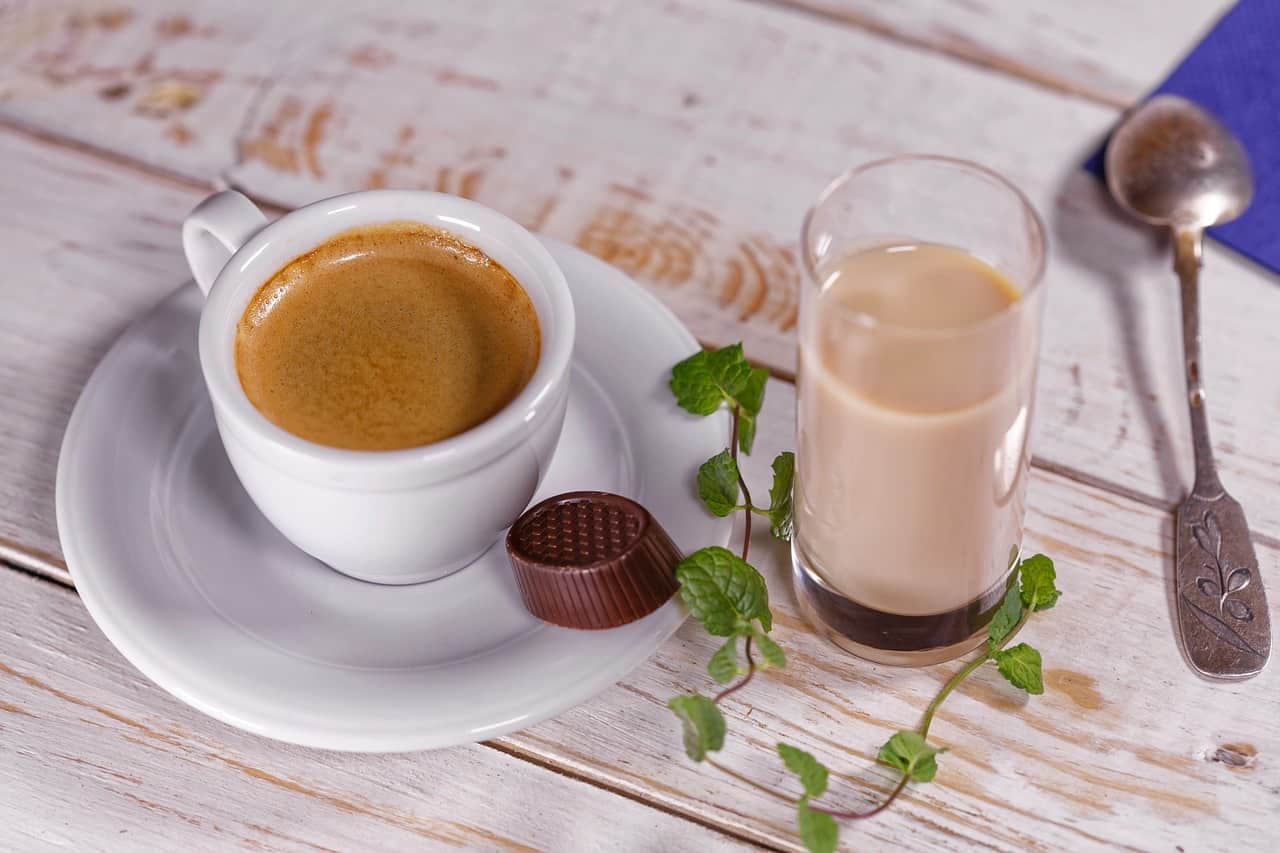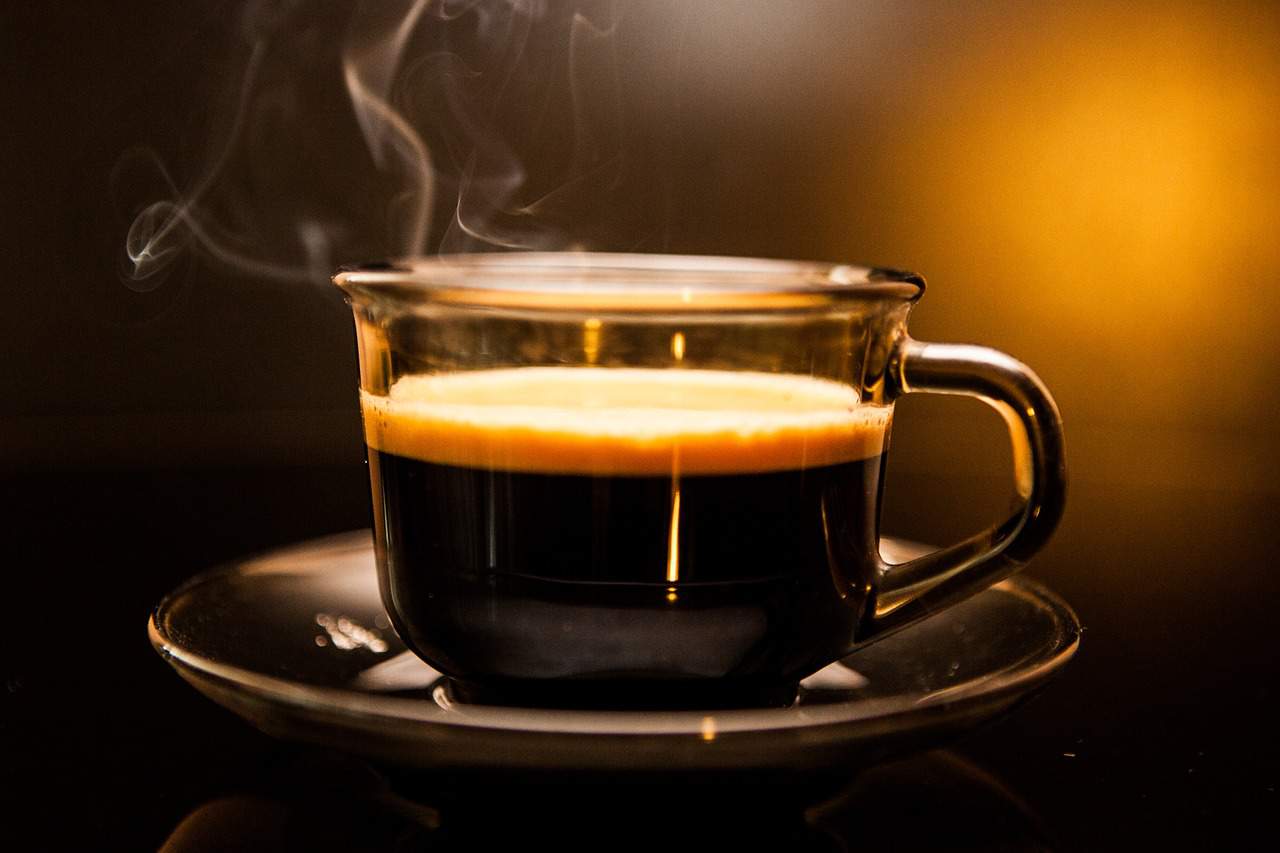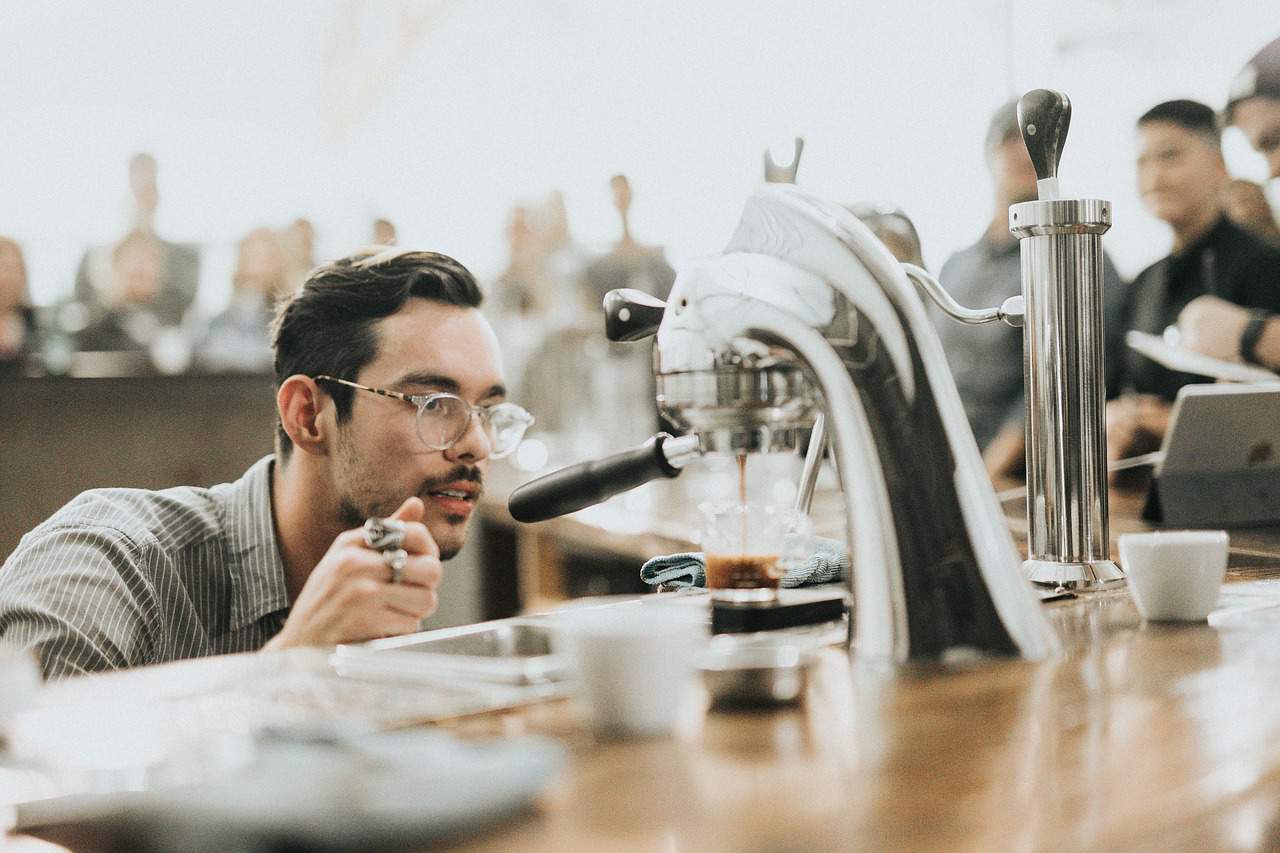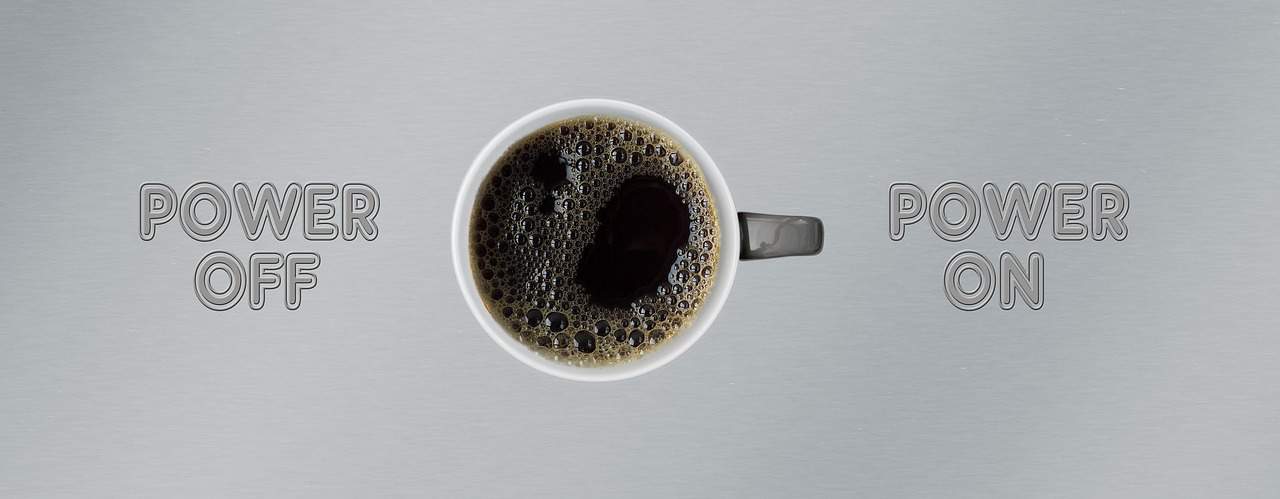Image by Kevin Phillips from Pixabay
The never-ending Winter and Minnesota wind help keep my coffee pot brewing! If you missed last week’s article you can read that here. I continue this week to deliver “cups full” of coffee bean barista secrets. Revealing more crema than you could imagine.
Perhaps you should get a shot of espresso… or two. There is so much to cover. Let’s get started with the Robusta coffea bean. All coffee is not created equal! Oh! Guess what?! The coffea bean plant makes a fruit called the coffee cherry! YAY! But the coffea bean is NOT a fruit. It’s a seed. Boo! We kind of had a win and then, not.

Robusta
The second most popular coffea bean is the Robusta. If you are looking for a strong coffee, Robusta is it! In comparison to the Arabica bean, Robusta has a stronger and slightly bitter flavor. It is used for espresso because of its flavor profile. Robusta has a “heavier” coffee profile; therefore, it can withstand the addition of cream and sugar.
The Robusta coffee plant is a titan. It withstands changes in climate, and altitude. It also deals wonderfully with diseases. It also has low acidity. On an acidity scale of 0-12, Black coffee has a pH of 5. Car batteries have an acid pH of 0, followed by stomach acid with a pH of 1. Then lemon juice and vinegar at a pH of 2. Next, we have OJ and soda at a pH of 3, with tomato juice and beer at a pH of 4.
Liberica and Excelsa
Ah, the lesser-known coffea bean- Liberica and Excelsa. Liberica is grown in the Philippines and Excelsa is grown in Southeast Asia. The Liberica beans tend to have a floral-fruity aroma, sometimes even on the border of woody. Excelsa is better known as a coffee used for blending. Adding its fruity-tart taste as a light roast coffee.
Location, location
The real estate industry has a saying, “Location, location, location.” This is well suited for the coffea bean as well. Where your coffea bean comes from is important. And just to make this even more complex, HOW a coffea bean is processed is important as well.
Brazil is the world’s biggest coffee-producing country. They offer three types of bean processing. This processing is dependent on the farmer’s financial situation, rainfall, humidity, and access to water. Most coffea beans are hand-picked- this should give you a deeper appreciation for both the coffee and the person picking it! Here are the different types of processing:
- Wet (washed)- The coffee cherry must be depulped within 12 hours of harvesting. After depulping, it moves on to fermentation (this is a fussy process, watched like a hawk, and is either aerobic or anaerobic) to break down its mucilage. Finally, it is “washed” and the mucilage is removed. This washed process gives the coffea bean a higher acidity which is an indicator of good coffee. It also allows the coffea bean to display its unique “terroir”- which means its characteristics of the environment where it grew. Terroir in the coffee world is a big deal.- Share that little vocabulary word at your next coffee clutch!-M
- Semi-washed (honey method)- This process allows the removal of various levels of cherry pulp and the outer layer of skin. Semi-washed beans produce different colors of beans: yellow honey, red honey, and black honey. Less common colors are white honey and gold honey.
- Dry– The dry method is a natural method, which is the oldest and least labor-intensive type of processing. The cherry (fruit) and the seed are fermented together. Beans of similar ripeness are kept together for flavor continuity.
Wash, cut, and dry
Are you developing an appreciation for the great cup of coffee you have every morning? The coffea bean then moves on to the drying stage. Corn and soy bean farmers know what percent of moisture they need for their product. Coffee farmers monitor moisture as well. The optimum level is 10 percent moisture.
Friends, we’ll have to stop our caffeinated conversation right here. Stay tuned as we tamp down further into our coffee adventure. Till next time. Here is to good food, good friends, and a better appreciation for coffee!
Resources:
- https://www.mashed.com/177959/secrets-coffee-chains-dont-want-you-to-know/
- https://www.coffeebeans101.com/blog/does-roasting-coffee-affect-caffeine-content/
- https://www.perfectbrew.com/blog/complete-list-of-all-coffee-types-compared/
- https://www.reviewsxp.com/blog/best-coffee-brands/
- https://bybloscoffee.com/coffee-taste/

Michele Bruxvoort is sure to draw you in with her delightful sense of humor and love for living life. She enjoys reading, repurposing, as well as remodeling the family home with her husband. Drawing from her life experience as wife, mom, and follower of Jesus, Michele brings you a very honest and real perspective on life. When you don’t find her writing, you can find her mowing lawns, stocking shelves, taking care of her grandbaby and tackling her latest life adventure.
Wisconsin native and empty-nester, she now makes her home with her husband of 27 years in the South West Prairie plains of Minnesota.






